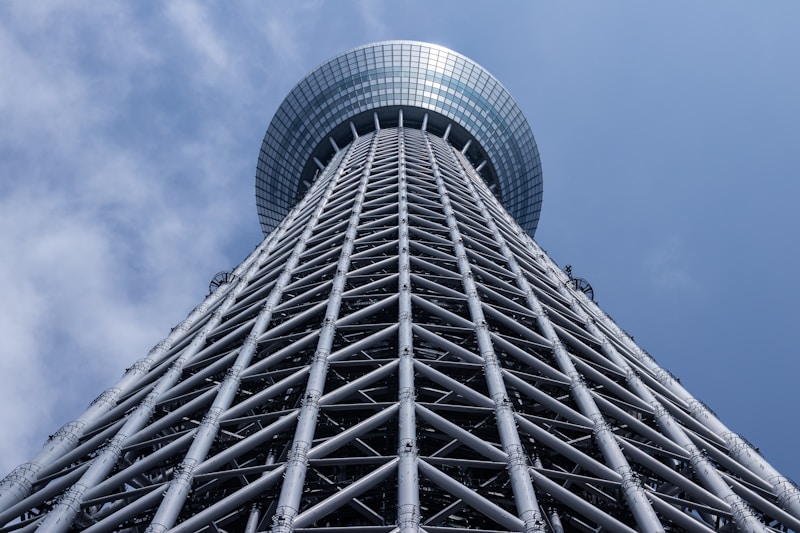Questions and Answers
कोशिका की सबसे महत्वपूर्ण भाग कौन सा है?
कोशिका मेम्ब्रेन
कोशिका के नाबिक में क्या होता है?
कोशिका वृद्धि और पुनरुत्पादन के लिए आवश्यक आनुषंसाधन
कोशिका में संरचनात्मक संरेखन की सरंक्षण कौन से भाग में होती है?
कोशिका मेम्ब्रेन
कोशिका मेम्ब्रेन क्या नियंत्रित करती है?
Signup and view all the answers
सामग्री को पारित करने और विषाक्त पदार्थों को नष्ट करने के लिए कौन सा अंग होता है?
Signup and view all the answers
प्रोटीन उत्पादन और संरक्षण में कौन सी संरचना मदद करती है?
Signup and view all the answers
प्रोटीनों का संशोधन और पैकेजिंग करने के लिए कौन सा अंग है?
Signup and view all the answers
सेल में वसा उत्पादन में कौन सा संरचना महत्वपूर्ण भूमिका निभाता है?
Signup and view all the answers
सेल क्या करती है?
Signup and view all the answers
सेल बढ़त और प्रजनन में किस प्रक्रिया से गुजरती है?
Signup and view all the answers
कोशिका में कौन-कौन से अंग-संरचनाएं होती हैं?
Signup and view all the answers
सेल-से-सेल संचार के लिए कौन-कौन से प्रकार के संकेत होते हैं?
Signup and view all the answers
मितोकंड्रिया का क्या कार्य होता है?
Signup and view all the answers
सेल-से-सेल संचार का महत्व क्या है?
Signup and view all the answers
Study Notes
Biology Cell: Structure and Function
A cell is the basic membrane-bound unit that contains the fundamental molecules of life, and it is from which all living things are composed. Cells are the building blocks of life, and their structure and function are essential for the proper functioning of living organisms. This article will discuss the key aspects of cell structure, cell function, cell division, cell organelles, and cell membranes.
Cell Structure
A cell consists of three main parts: the cell membrane, the nucleus, and the cytoplasm. The cell membrane, also known as the plasma membrane, is a double layer of phospholipid molecules with proteins embedded in it. It separates the material inside the cell from the material outside the cell and controls the passage of materials into and out of the cell. The nucleus is the control center of the cell, containing the genetic information necessary for cell growth and reproduction. The cytoplasm is the gel-like substance that fills the cell and contains various organelles, each with a specific function.
Cell Function
Cells perform several functions, including:
- Energy production: Cells convert nutrients into energy, which is used for cell growth, repair, and other cellular functions.
- Growth and reproduction: Cells increase in size and number through a process called cell division, which allows them to produce more cells for the organism.
- Maintaining homeostasis: Cells adjust their size and shape to maintain stability and respond to changes in their environment.
- Cell recognition and adhesion: Cell membranes contain complex carbohydrates that enable cells to recognize each other and adhere to their neighbors, forming tissues and organs.
- Cell-to-cell communication: Cells communicate with each other via chemical signaling, which allows them to coordinate their functions and respond to external stimuli.
Cell Division
Cell division is the process by which cells reproduce themselves. It occurs in two steps: cell growth and cell division. During cell growth, cells increase in size and volume, preparing themselves for division. In the next step, cells divide into two daughter cells, allowing the organism to produce more cells for growth and development.
Cell Organelles
Cells contain various organelles, which are membrane-bound structures with specific functions within the cell. Some of the major organelles include:
- Nucleus: Stores genetic information and controls cell growth and reproduction.
- Mitochondrion: Responsible for energy production within the cell.
- Endoplasmic Reticulum (ER): Assists in protein production and detoxification.
- Smooth Endoplasmic Reticulum (SER): Plays a role in lipid production.
- Ribosomes: Involved in protein synthesis, particularly for export out of the cell.
- Golgi apparatus: Modifies and packages proteins for export.
- Lysosomes: Contain enzymes that break down waste and unwanted materials.
Cell Membrane
The cell membrane, also known as the plasma membrane, is a crucial component of the cell. It consists of a double layer of phospholipid molecules with proteins embedded in it. The cell membrane serves several functions, including providing structural support, forming channels for the passage of materials, acting as receptor sites, functioning as carrier molecules, and providing identification markers.
In conclusion, cells are the basic units of life, and their structure and function are essential for the proper functioning of living organisms. They perform various functions, undergo cell division, and contain numerous organelles that help them maintain homeostasis and respond to changes in their environment. The cell membrane, which surrounds the cell, plays a crucial role in maintaining the cell's integrity and controlling the passage of materials into and out of the cell.
Studying That Suits You
Use AI to generate personalized quizzes and flashcards to suit your learning preferences.
Description
Test your knowledge about the structure and function of cells with this quiz. Learn about cell membranes, organelles, cell division, and the crucial role of cells in living organisms.



